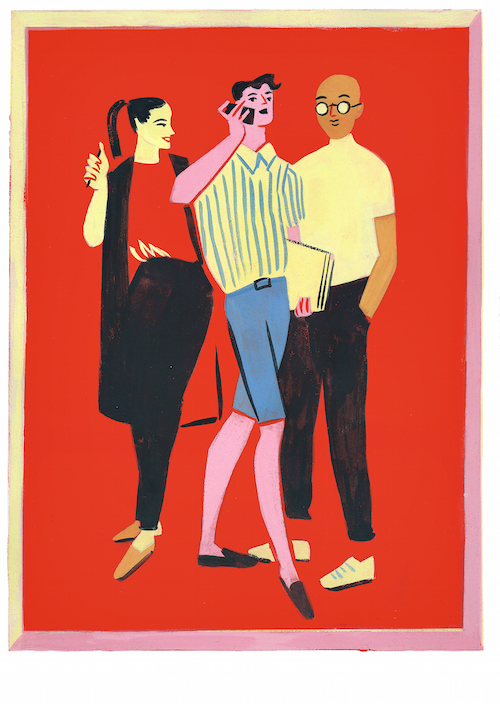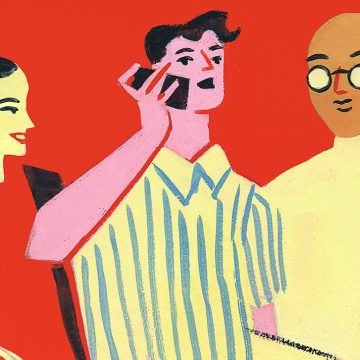“Pandemic” was the word on all our lips last year. Gratefully, we have begun 2021 with hope on the horizon in the form of vaccines. As COVID-19 recedes, however, there will still be long-term ramifications for health care, public policy, urban planning and many other realms of society. Even fashion.
While it might feel frivolous to talk about style in relation to a pandemic, it isn’t trivial to retailers. In 2020, the global fashion industry lost an estimated US$640 billion in sales. Forced to work at home, many buttoned-down professionals eschewed full suits and blouses in favour of sweatpants and T-shirts. Perhaps this was a choice of comfort — or, perhaps, matching a pocket square with your tie started to seem meaningless after all those hours doomscrolling Twitter.
 Maybe that’s not such a bad thing. Is anyone truly excited by the prospect of going back to formal business attire all the time?
Maybe that’s not such a bad thing. Is anyone truly excited by the prospect of going back to formal business attire all the time?
My prediction, for what it’s worth, is that the traditional corporate dress code is gone forever. Post-pandemic, many companies are likely going to instruct their employees to work from home on a permanent basis; others will opt for a mix of remote and in-office hours. As a result, some of our casual, at-home staples are bound to mix into our office wardrobes.
Then there’s the Silicon Valley effect. Even before the coronavirus, casual-minded businesses and startups made up an increasing share of our legal clients. This new generation of corporate leaders doesn’t expect us to dress to the nines while we draft their contracts.
Business attire is also expensive. For a newly minted lawyer, a full wardrobe of blazers, slacks and skirts might be out of reach — at least without earning a Bay Street salary or racking up significant debt. No one wants to spend $1,000 on one piece if they can spend the same amount on 10 pieces and look just as good.
So how can we prepare for the coming era of casual fashion? Well, don’t wear your AC/DC tour tee and stonewashed jeans in the boardroom. Instead, try dressed-up runners, comfortable luxe jeans and sweaters in neutral tones. Leave your baggy grey sweatpants at home, but wear a pair of fitted black jogging pants, cuffed at the ankle. Dare I say it’s time to break the shorts taboo? In the heat of summer, there’s no reason we should be barred from tucking our blouses or linen shirts into a pair of tasteful dark shorts cut at the knee for men or mid-thigh for women. Complete the outfit with loafers or ballet flats and, to dress it up a bit, a blazer on top.
Fashion has been trending in a casual direction for years, and I anticipate that the pandemic will be the catalyst that pushes us down the path to relaxed workwear. Now is the time for designers of business attire to pivot to less fussy, more affordable items, all made with the same care and rich fabrics. We’ve seen sweatshirts and running shoes on the runway and the red carpet; it’s high time we bring them into the office.

Cameron Bryant is a lawyer and lease negotiator with Cirrus Consulting Group in Toronto. He writes about fashion and lifestyle for Precedent.
This is a story from our Spring 2021 Issue.
Illustration by Katty Maurey.


